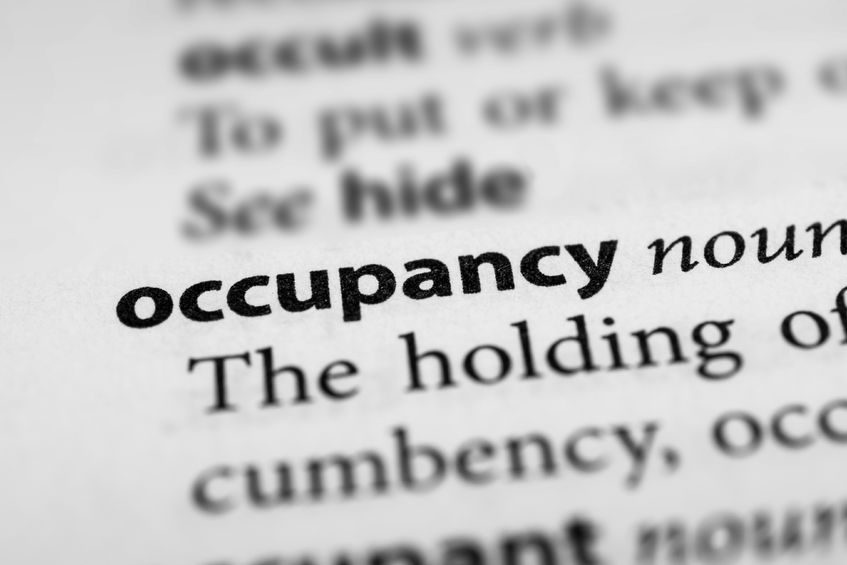Even though the industry average occupancy is around around 90% it is realistically possible to beat that 90% margin by a country mile.
By Steve Moran
I am just heading home from Anthony Mullens sales conference in Florida where I delivered a talk titled 6 Immediate Strategies You Can Use to Have a Culture of 100% Occupancy (the link is to my slide deck). There was lots of great content and I recorded several video interviews that I will be sharing in the coming weeks.
The overarching theme was that even though the industry average occupancy is around around 90%, it is realistically possible to beat that 90% margin by a country mile.
The Problem With The Data
I used the 90% figure in my presentation and a number of others referenced this data that comes primarily from NIC. In a technical and real sense, NIC has no control of that 90%, they are only reporting what is. It is important data and a huge benefit to the industry that this data is readily available.
And yet . . .
Because everyone knows the average occupancy is 90%, hitting 90%, or perhaps just a little above 90%, becomes the goal. It is the pro forma number folks use for budgeting and for achieving stabilized occupancy. Yet for all of that, I find myself believing this 90% occupancy level has become a self-fulfilling prophesy rather than just a piece of data.
On a Desert Island
Imagine for a moment that you are on another continent or from another planet, you have a business mind and have no idea that the average senior living occupancy in the United States is 90%. Someone comes to you and describes what senior living looks like and asks you to make an estimation of what full occupancy should be . . . what would guess?
I don’t know exactly how you look at this hypothetical, but as I have run through this mental exercise I find myself thinking that because there is a care component and the cost high, my guess would not be 100%. But it also would not be 90%. I would land in the 94%-97% range.
If 90% Was Seen as Poor Performance
I had a conversation with the sales director of a senior living community who came to this conference for the first time 5 years ago with an occupancy rate that was significantly less than 90% and she was embarrassed by her number.
Today, her community is at 100% occupancy with a waiting list. For sure she learned some things that helped her close that 20% gap, but mostly what happened was that she changed her personal taget occupancy level. For her, 80-something percent was no longer acceptable; even 90% was not acceptable . . . 100% was the goal and she hit the mark.
Your Organization
I don’t know exactly how you do it in your organization, but I am convinced that if we in the industry set the bar higher and shoot for it, the average would go up. I am realistic enough to know that it will take more than just moving the bar, it will take a rethinking of how to sell efficiently and a realistic assessment of your culture to make sure it is one that provides the foundation for 100% occupancy.
She is not the only one, there are companies that are consistently beating that 90% mark across multiple properties. It takes work but starts with setting the right goals.








